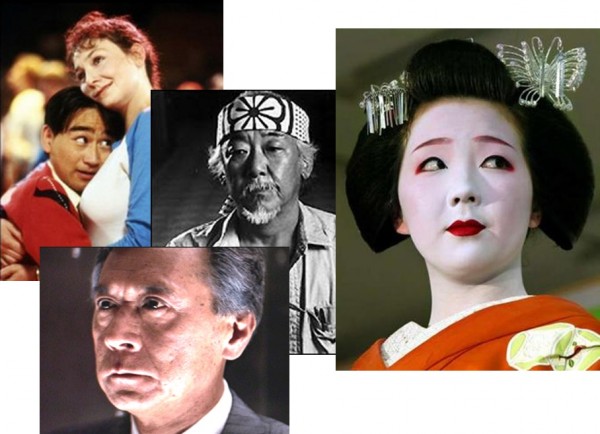
There is no better time to be a young API American than today… Trust me! Don’t believe me? Let’s go back in time… way way way way way back when I was your age. When Dinosaurs ruled the earth. Okay, I’m not THAT old but I’m old. Really old compared to you guys. I was born in 1977, which for those of you who aren’t good at math, means I’m 35 years old. I grew up in the 1980s and came of age in the 1990s. Ronald Reagan and George Bush (the first one) were the presidents and Michael Jackson was still the King of Pop. Back then the only Asian faces on television or in the movies was the socially awkward nerd, the martial arts master, the foreign villain, or the geisha.
That’s not totally true. There were SOME Asian folks on the screen. They included actors like: Tia Carrere, Brandon Lee, Mako, Nobuko McCarthy, Pat Morita, James Shigeta, and Tamilyn Tomita. There were more but not THAT many more.
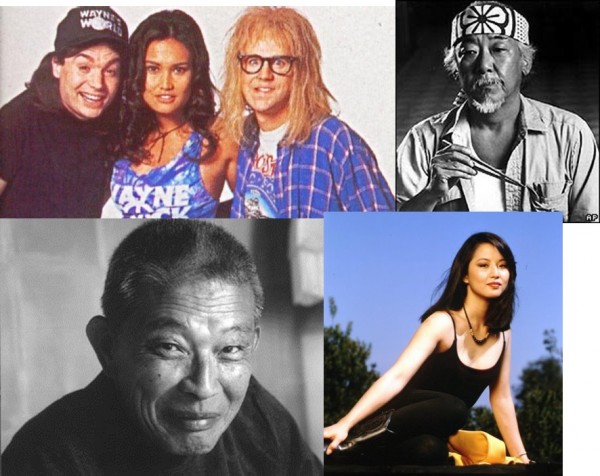
Probably the most popular movie I remember watching as a kid that had Asian/Asian American people was the first two Karate Kid movies. However, I even knew back then that the movie was filled with Asian stereotypes that made me cringe. Other movies with Asians included films such as Gung Ho, Rising Sun, Mr. Baseball, Showdown in Little Tokyo, and Big Trouble in Little China. What’s interesting about the last three are their posters:
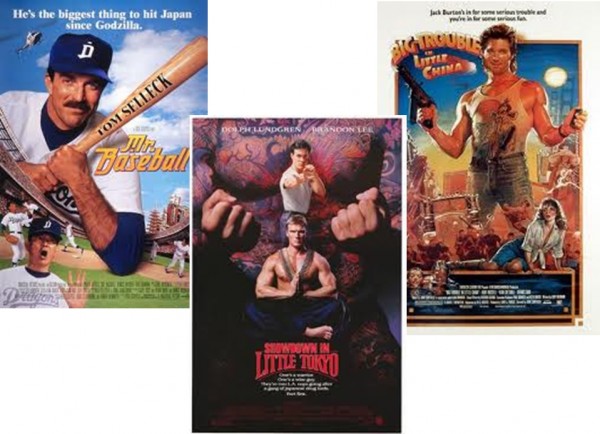
It’s very telling that even though these movies either take place in an Asian country or an “Asian” area in America, the poster only features almost no Asian faces.
It wasn’t all bad. There were movies like The Wedding Banquet and The Picture Bride. But these were far and few between and I should note that both these films were made in the 1990s.
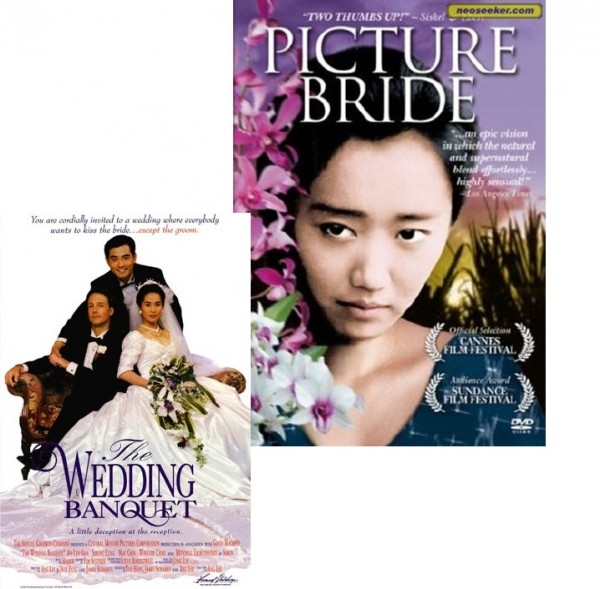
In terms of popular music, Hiroshima was the only Asian American group or person that I could think of. But they played adult jazz and I NEVER listened (and still don’t listen) to adult jazz. After that, all I could find was Mountain brothers (1999), an Asian American hip hop group from Philadelphia, and Jin (2004), the first Asian American rapper signed to a major record label. But both the Mountain Brothers and Jin came out after I had already graduated college.
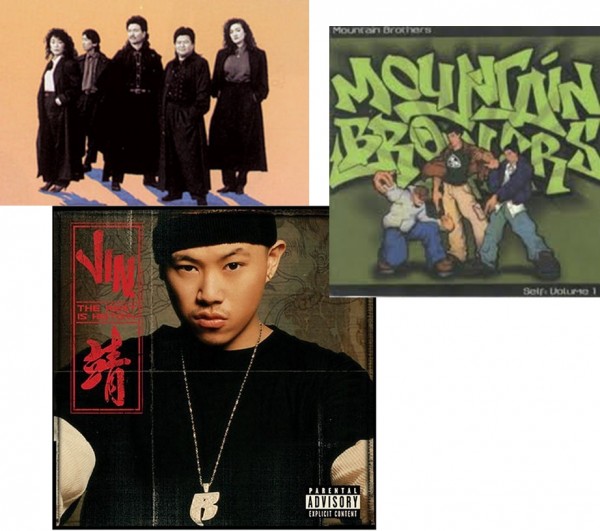
The only Asian American sports star I could remember was Olympic hero Krisiti Yamaguchi. But I didn’t care about figure skating. So my hero was Hideo Nomo, who was from Japan and even though I was young… I knew enough to know that he was NOT Asian American.
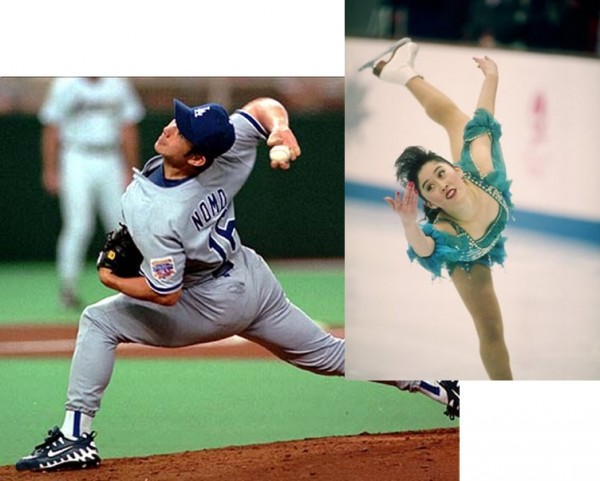
I grew up with GI Joe and it was so sad because I always found myself rooting for Storm Shadow, a bad guy, who somehow always became one of the good guys.
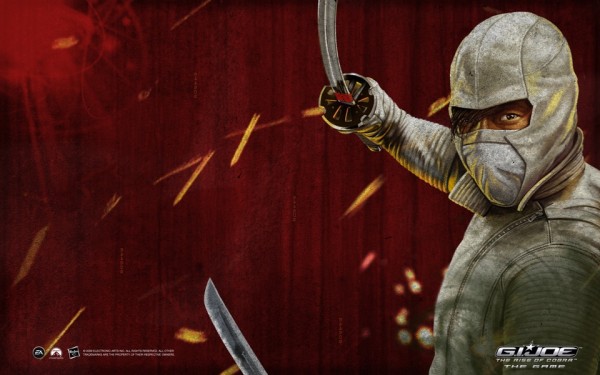
But the main image I had of API’s was the porn stars me and my friends fantasized about. This woman’s name is Mimi Miyagi. The irony is that she is not Japanese/Japanese American but capitalized on the Karate Kid name.
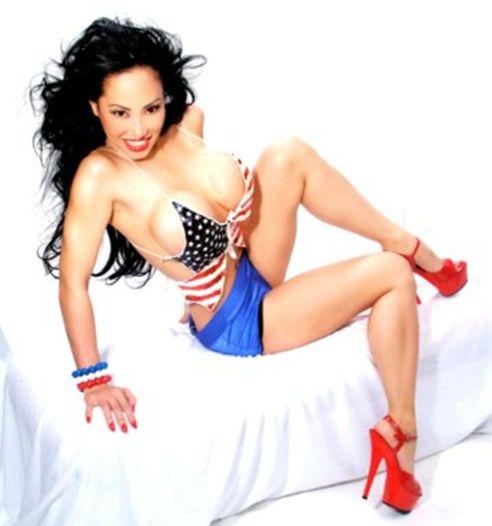
Part of the reason there weren’t a lot of API was due to racism but also due to the fact that there just weren’t a lot of us. Check out the numbers of API in the 1980s census.

Enough about my childhood. Let’s talk about your world. Your world is a very different place. Dare I say, a better place? Between 2010 and 2050, the population of Asian Americans is estimated to go from about 4.5 percent to 7.6 percent. (Please note, that as far as I can tell, that number does not include hapa or Pacific Islanders.)
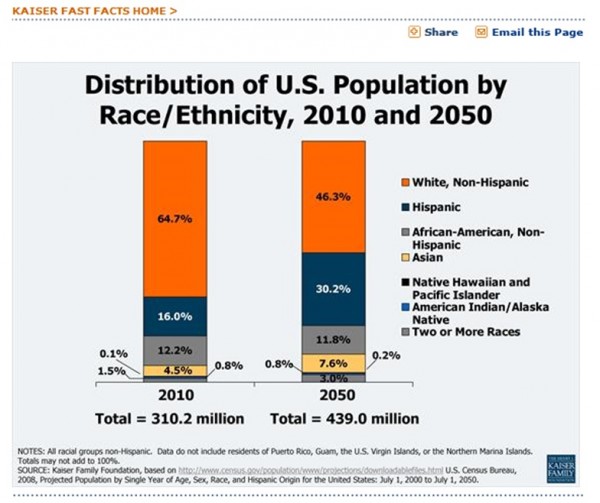
That’s a 213% increase. 49% over the same time. What does that mean? That’s almost eight percent of the overall population. And in some places like California, we’ve already reached 15%.
With that kind of population rise, it is natural that we start to see more APIA faces on television and in films. John Cho, Kal Pen, Daniel Dae Kim, Grace Park, Lucy Liu, Sandra Oh, Jenna Ushkowitz, Harry Shum Jr., and many many many more. Too many to try to name here.
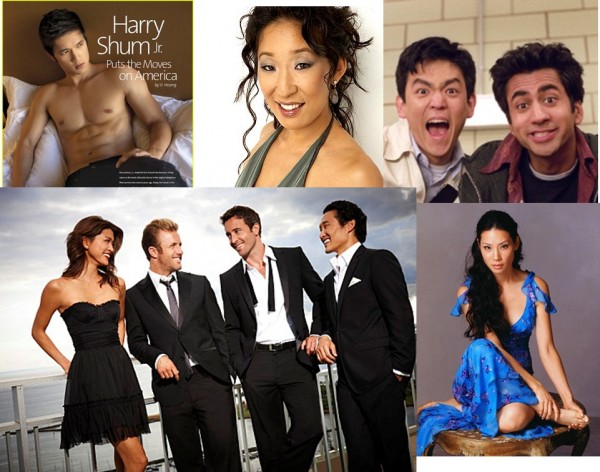
And likewise we see more APIs in popular music. Far East Movement. Bruno Mars. Last year, one of Far East Movement’s songs was the number one selling song on iTunes. I told a Japanese American man in his 80s that a group of Asian American kids had the number one rap/hip hop song and he called me a liar. That’s how revolutionary that is. That could not have existed before today.
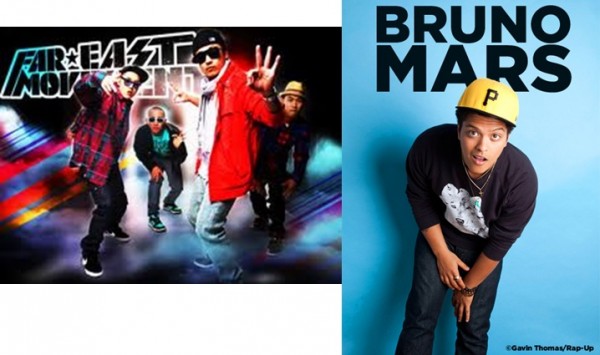
Remember when I wrote that Kristi Yamaguchi was the only Asian American athlete that I could think of? That’s no longer the case. (I have no proof to back this up) but there are more Asian American sports stars than ever. Kurt Suzuki. Hines Ward. Jeremy Lin. Troy Polamalu, and others.
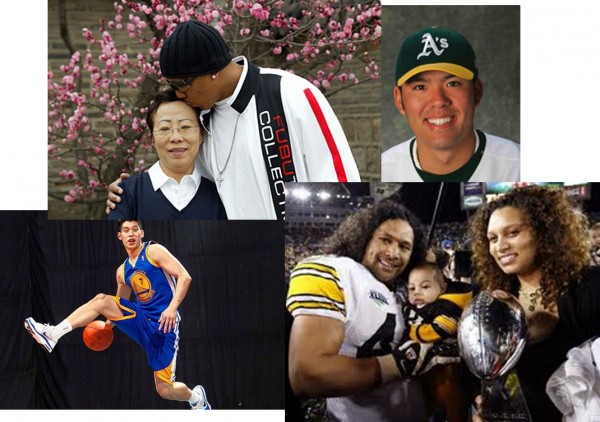
Even our president is Asian. Why? He was born and raised in Hawaii and Indonesia. If anything, he’s the first “Pacific” president.

Okay, I’m being a little facetious, but check out his family. Sister Maya Soetro-Ng (standing next to President Obama), who is half Indonesian. And her husband Konrad Ng (top row, third from the right), a Chinese American.
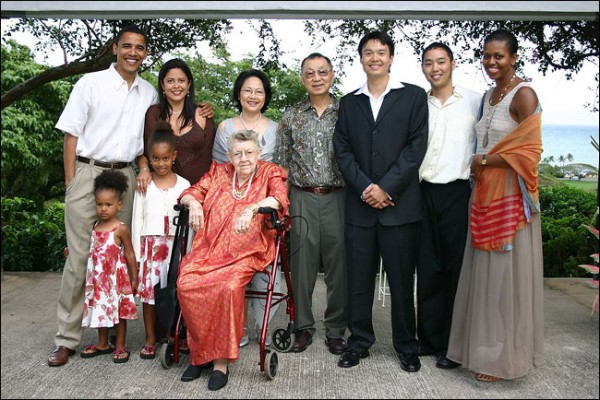
Does it mean that everything is perfect and great? No. There still aren’t a ton of APIs in film/television. And The Last Air Bender is proof that there are still a lot of issues when it comes to casting Asian Americans in mainstream films.
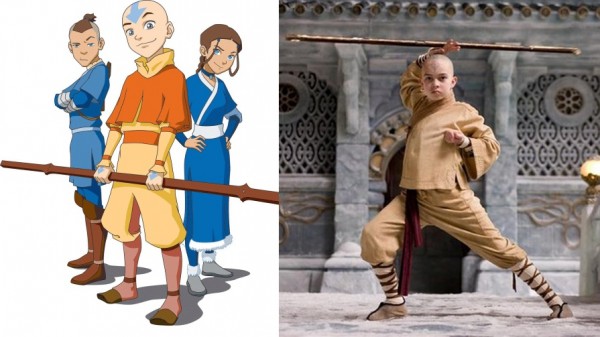
I know at times it seems slow. But things are changing. For the better. And I’m hoping. No, I know. That things are only going to get even better in the years/decades to come. So keep your head up and keep working hard.
- Excited
- Fascinated
- Amused
- Disgusted
- Sad
- Angry








